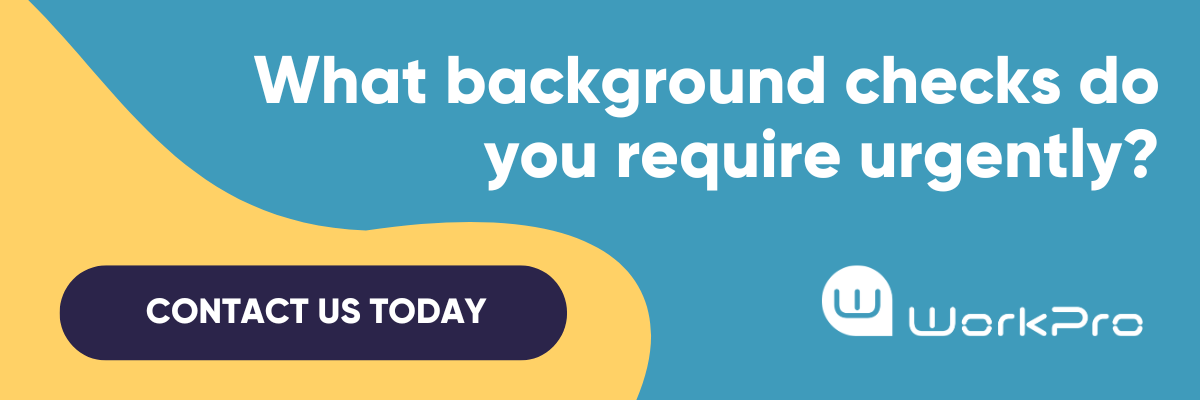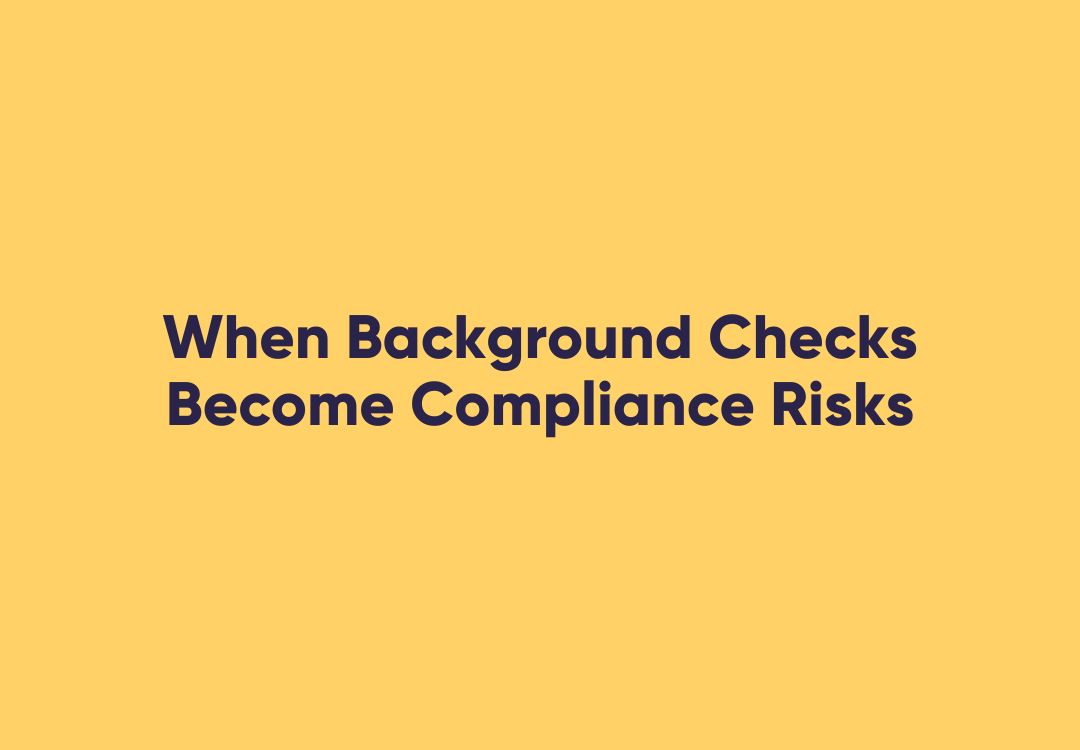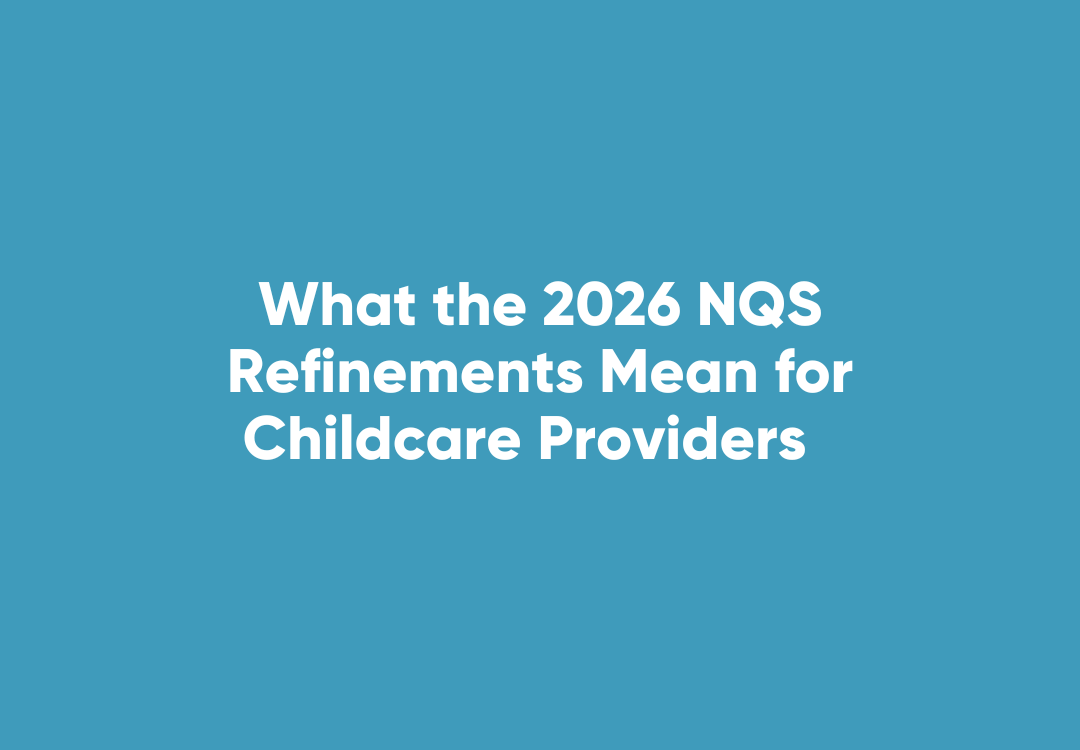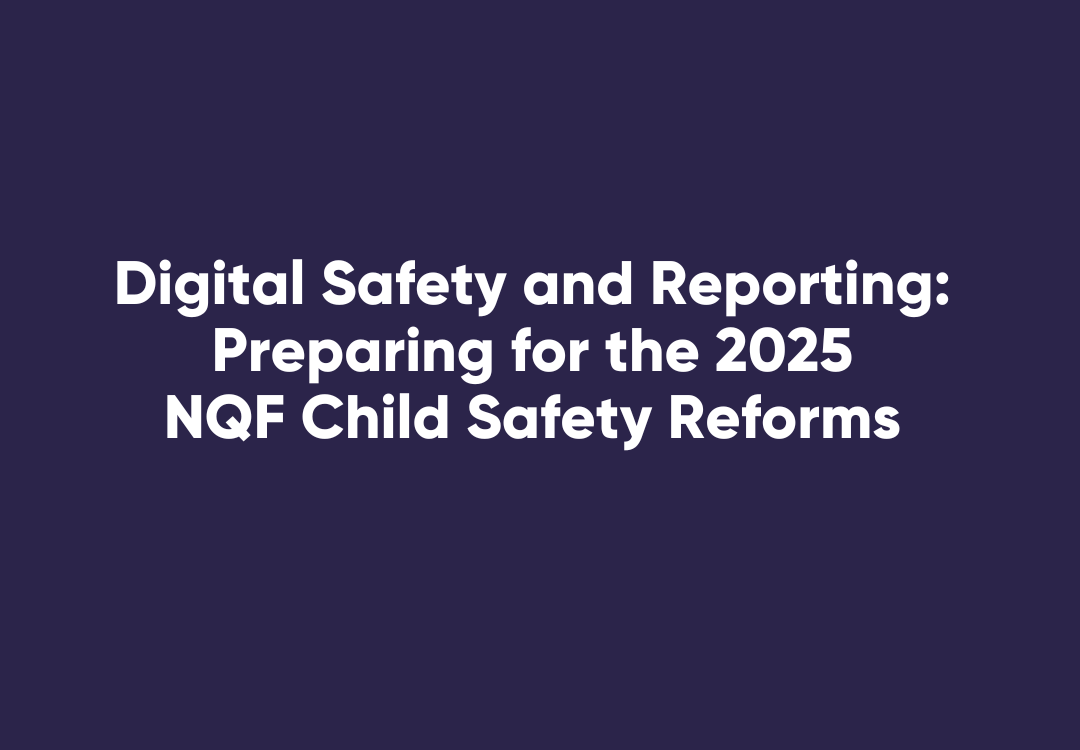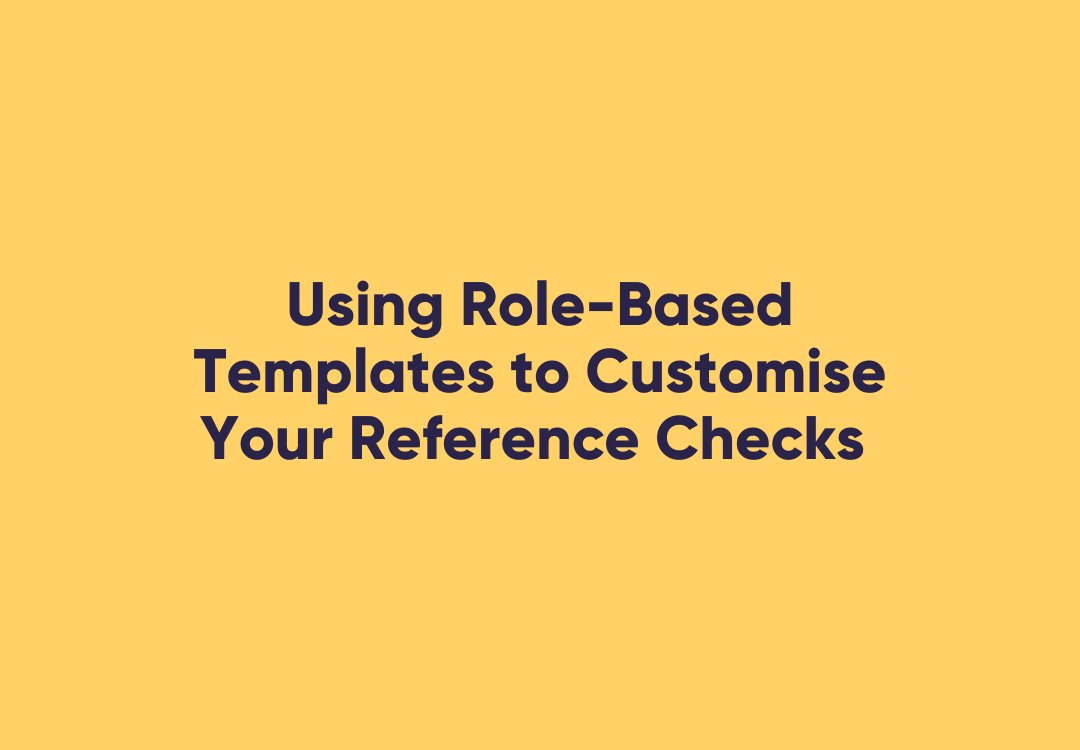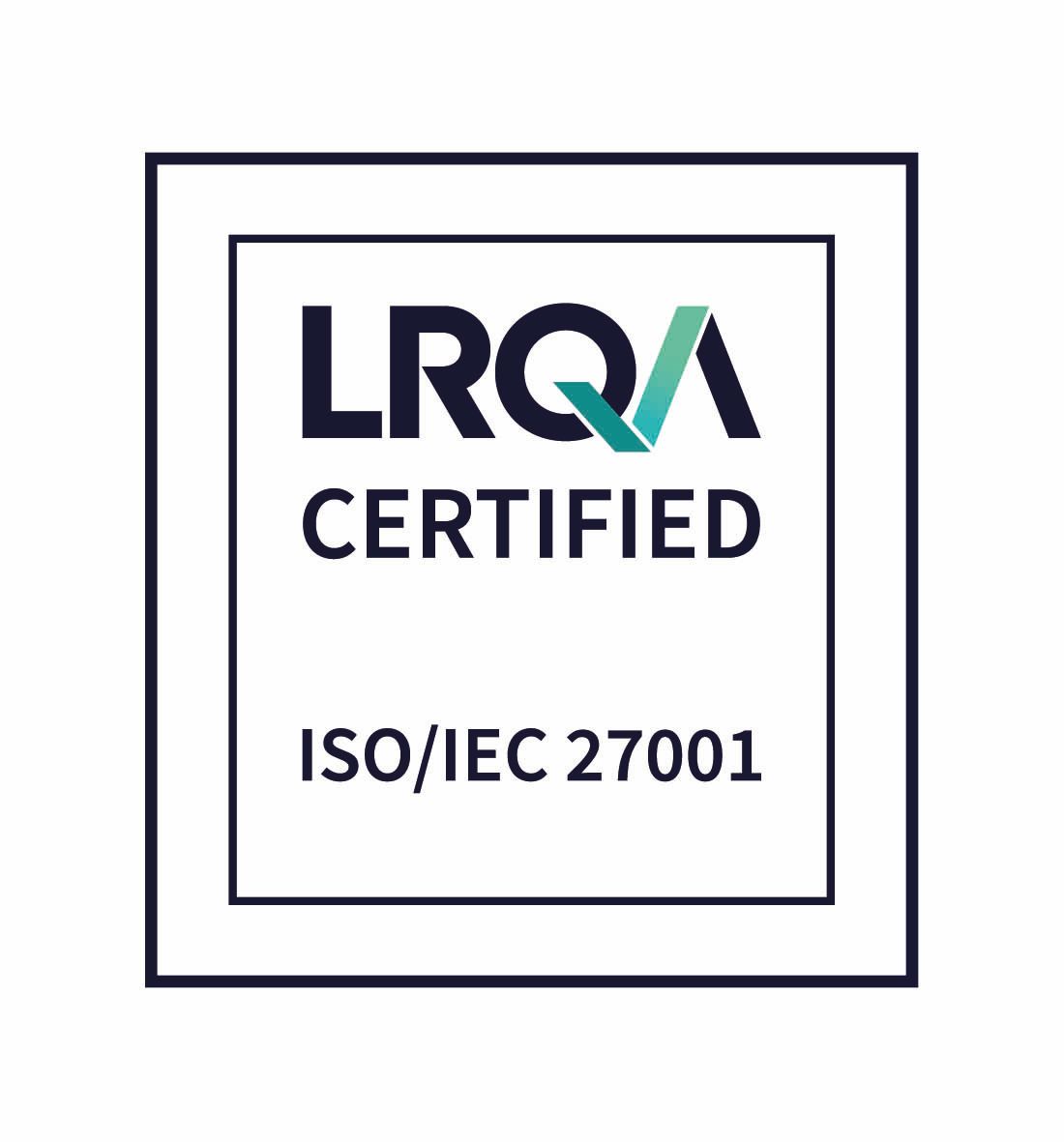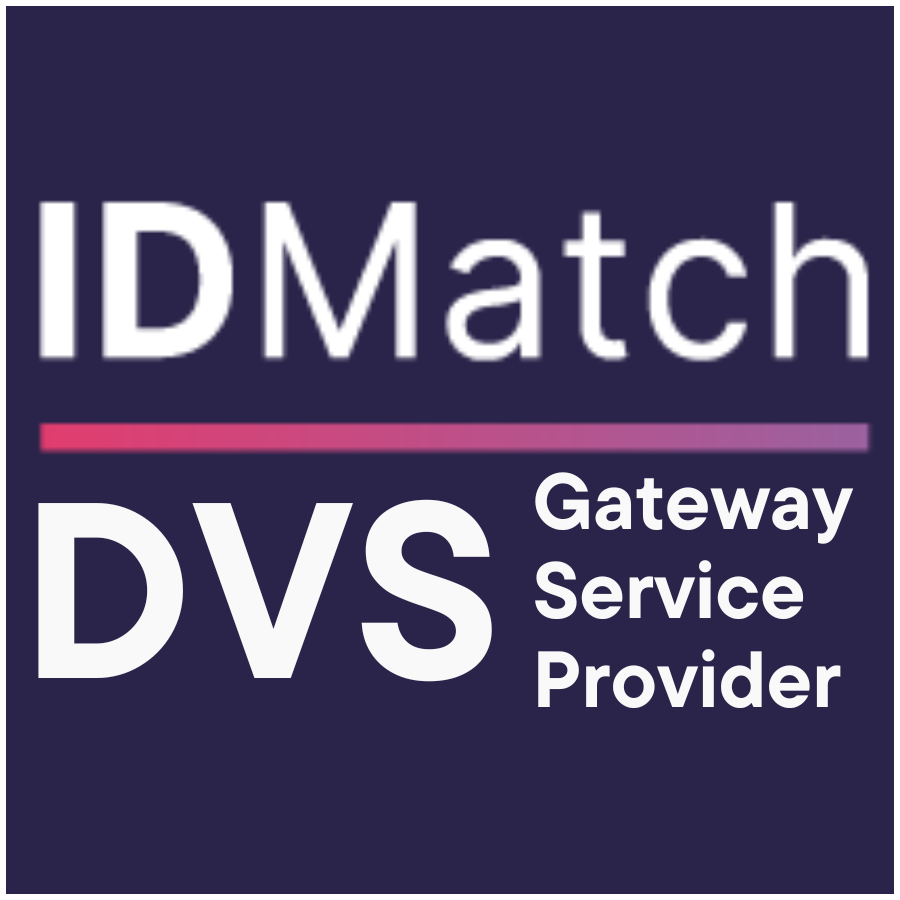What Does ‘Job-Ready’ Really Mean? A Guide for HR & Recruiters
What Does ‘Job-Ready’ Really Mean? A Guide for HR & Recruiters
A job-ready candidate is someone who is fully prepared to step into a role with minimal onboarding friction, possessing the necessary compliance, skills, and workplace training to contribute from day one. For HR professionals and recruiters, job-readiness should be top of mind because it directly impacts time-to-hire, productivity, and retention.
Ensuring job-readiness is about efficient onboarding, compliance verification, and equipping new hires with essential workplace skills. This guide explores why job-readiness matters and how organisations can optimise their hiring processes to build a prepared workforce.
Why Job-Readiness Matters in Hiring
HR leaders who prioritise job-readiness can:
- Reduce time-to-productivity – Ensuring new hires are equipped with the skills and training to contribute from day one.
- Speed up onboarding – By verifying compliance, credentials, and work eligibility before day one.
- Minimise hiring risks – Ensuring all workplace safety and legal requirements are met.
- Improve workforce retention – Employees who feel prepared and supported are more likely to stay long-term.
- Enhance overall hiring efficiency – Reducing delays caused by incomplete compliance or training gaps.
According to a LinkedIn Workplace Learning Report, 94% of employees say they would stay longer at a company that invests in their training and job-readiness.
Key Components of a Job-Ready Candidate
1. Workplace Health & Safety (WHS) Training
A critical aspect of job-readiness is workplace health and safety compliance. Candidates should complete WHS training before starting their roles to:
- Ensure they understand workplace hazards, emergency procedures, and industry-specific safety regulations.
- Reduce accident risks and compliance breaches.
- Help organisations maintain a safe and legally compliant work environment.
2. Verified Compliance & Work Eligibility
Ensuring that candidates meet legal and industry compliance requirements is foundational to job-readiness. This includes:
- Background checks to verify identity, criminal history, and work eligibility.
- Right-to-work verification to confirm legal employment status.
- Industry certifications and licences for regulated roles.
- Workplace safety compliance training to ensure adherence to safety protocols.
3. Skills & Experience Alignment
A job-ready candidate must have both technical and soft skills to succeed. This includes:
- Industry-specific technical skills that align with job requirements.
- Soft skills such as communication, teamwork, and adaptability.
- Real-world competency demonstrated through hands-on experience or training.
- Proactive learning mindset to keep up with evolving industry demands.
4. Effective Onboarding & Workplace Readiness
Beyond compliance and skills, job-readiness includes:
- Digital onboarding tools that ensure paperwork, policies, and initial training are completed efficiently.
- Pre-employment training that familiarises new hires with workplace expectations.
- Cultural alignment to ensure smooth integration into the company’s work environment.
How HR & Recruiters Can Ensure Job-Readiness
1. Automate Compliance & Screening
- Use digital platforms for background checks and right-to-work verification.
- Implement credential management systems to track industry certifications.
- Ensure candidates complete pre-employment safety and compliance training.
2. Implement Pre-Employment Training & Assessments
- Offer eLearning modules for workplace policies, WHS training, and industry-specific skills.
- Conduct skills and competency assessments before hiring.
- Use structured onboarding programs to reinforce job-readiness.
3. Improve Time-to-Hire with Digital Onboarding
- Provide self-service digital onboarding platforms to streamline paperwork and training.
- Track onboarding completion status to ensure compliance before a new hire’s first day.
- Use automated notifications and dashboards to keep HR informed of missing requirements.
How WorkPro Helps HR Professionals Build a Job-Ready Workforce
WorkPro provides a single platform for HR teams to verify, train, and onboard candidates efficiently. Key features include:
- Automated Background Screening & Compliance Checks – Ensures new hires meet workplace safety, legal, and regulatory standards.
- Credential Management System – Tracks certifications, licencing, and WHS compliance requirements, preventing delays.
- Pre-Employment eLearning & WHS Training – Equips candidates with job-specific training before their start date.
One Dashboard for HR Teams – Provides a centralised view of candidate screening, training progress, and compliance status.
By leveraging WorkPro’s all-in-one compliance and onboarding platform, HR teams can reduce hiring risks, accelerate time-to-productivity, and build a truly job-ready workforce.
Ensuring candidates are job-ready is essential to improving onboarding efficiency, workforce compliance, and long-term retention. HR teams that prioritise WHS training, compliance verification, and structured onboarding can significantly reduce time-to-hire and mitigate hiring risks.
Is your workforce truly job-ready? WorkPro’s one platform and dashboard streamline compliance, training, and onboarding to help HR teams hire faster and more effectively.
Contact WorkPro today to discover how we can transform your hiring process.



